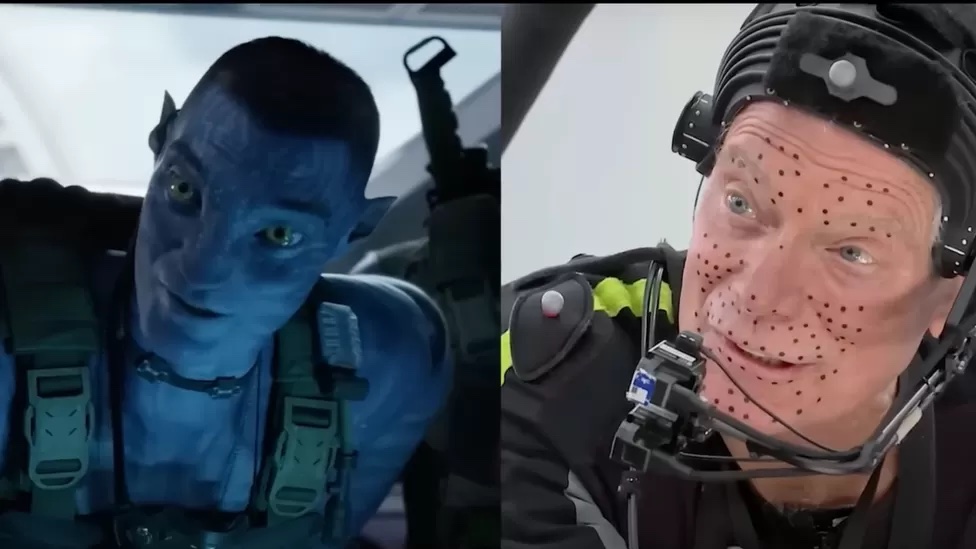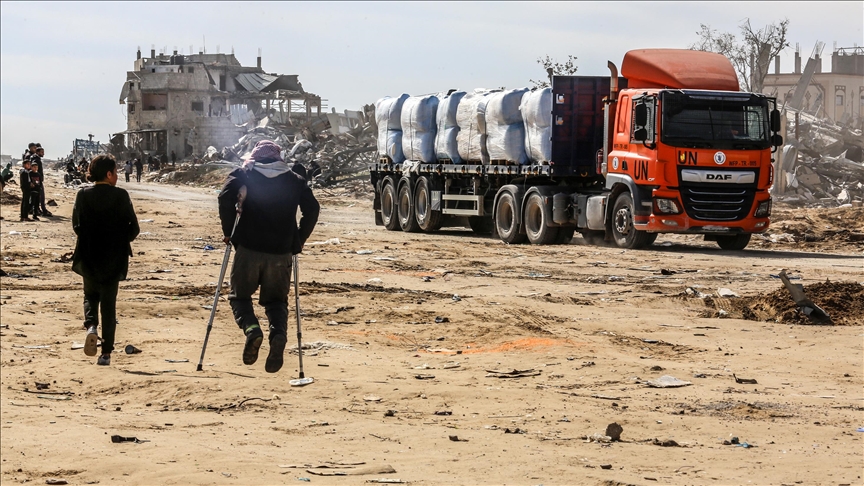Motion technology that is being used to bring characters to life on screen is now also being used to tackle diseases. Here’s how:
The motion capture suits used in Avatar: The Way of Water have assisted scientists in tracking the onset and development of diseases that impair movement, according to a study.
Early detection and assessment are crucial in ensuring patients receive effective support and treatment when it comes to diseases that impair mobility.
Using the motion-capture technology from Avatar, new progression tracking has been pioneered, enabling researchers to create artificial intelligence that can study patient body movements.
What is motion tech?
Motion capture suits, also known as mo-cap suits, are specialised outfits that actors wear to record their facial expressions and movements so that computer-generated characters in movies and video games can be created.
This way, fictional characters can look and move realistically.
The suits are frequently constructed using elastic fabric and are covered in sensors that monitor the actor’s body movement and facial expressions. Computer-generated characters are then animated using the information from these sensors to move and communicate in the same manner as the actor.
James Cameron’s film Avatar, one of the most well-known uses of motion capture in cinema, is a prime example.
The movements of the main characters in the movie were performed by actors wearing motion capture suits before then being animated to bring them to life. The success of the movie was aided by the filmmakers’ ability to use technology to create characters who were both realistic and expressive.
How can it be used in research?
To determine the severity of two genetic illnesses, researchers used artificial intelligence models to analyse body movements. According to experts, this could significantly reduce the time and cost required to develop new drugs for clinical trials, a BBC report stated.
In a study released in the journal Nature Medicine, researchers also predicted that the technology could lower the amount of time and money needed to create new medicines and carry out significant clinical trials.
Dr. Valeria Ricotti, a researcher at the Great Ormond Street Institute for Child Health, told BBC News that the study’s findings completely blew her away.
“The impact on diagnosis and developing new drugs for a wide range of diseases could be absolutely massive.”
Dr. Ricotti was one of a team of scientists at Imperial College and University College London who worked on the new technology for ten years.
In two distinct studies, they used patients with Duchenne muscular dystrophy (DMD) and Friedreich’s ataxia (FA) to test it. According to the researchers, it might also be used to track patients’ recovery from other illnesses that impair movement.
The heart, lungs, muscles, bones, brain, and nervous system, as well as a number of psychiatric disorders, are among the targeted areas being studied.
The speed and accuracy with which patients perform a series of standard movements are typically measured in a clinic in order to monitor the severity and likely progression of such diseases. This assessment, which is essential for determining what kind of care and support a patient requires, can take years.
The motion capture system can do this much more quickly and accurately, according to the two studies released on Thursday. The technology was adapted from technology used by filmmakers to record actor movements in the Avatar movies in order to produce lifelike aliens on screen.
One of the scientists who developed the idea, Prof. Aldo Faisal of Imperial College, told the BBC that it was a significant advancement.
“Our new approach detects subtle movements that humans can’t pick up on,” he said.
“It has the capability to transform clinical trials as well as improve diagnosis and monitoring for patients.”
FA typically manifests in adolescence and affects one in 50,000 individuals, whereas DMD annually affects 20,000 children worldwide, mostly boys. Neither condition is currently curable.
The motion sensor suits were initially put to the test on FA patients by a team from Imperial College. In comparison to how long it would typically take an expert, they discovered that the AI could predict how the disease would worsen over the course of a year.
Some 21 boys with DMD aged five to 18 were tested by a different Great Ormond Street team using the technology. More accurately than a doctor, it foresaw how their movement would be impacted six months from now.
According to the researchers, their system could be used to accelerate and cut the cost of clinical trials that test out novel medications for a variety of conditions.
In particular, it might lower the cost of testing new medications for uncommon genetic disorders.
“We will be able to trial more drugs with less patients at a lower cost,” said Professor Paola Giunti, Head of UCL’s Ataxia Centre, to BBC.
In order to obtain statistically significant results regarding the efficacy of a new drug in the treatment of DMD, at least 100 patients must be studied over the course of about 18 months. The study demonstrated that 15 patients could possibly be treated using the new system over a six-month period.
In the UK, 1 in 17 people is affected by one of the approximately 6,000 rare genetic diseases. There may only be a few hundred or fewer patients with each disease. That makes it less likely for pharmaceutical companies to invest in costly clinical trials to create new medications to treat them.







